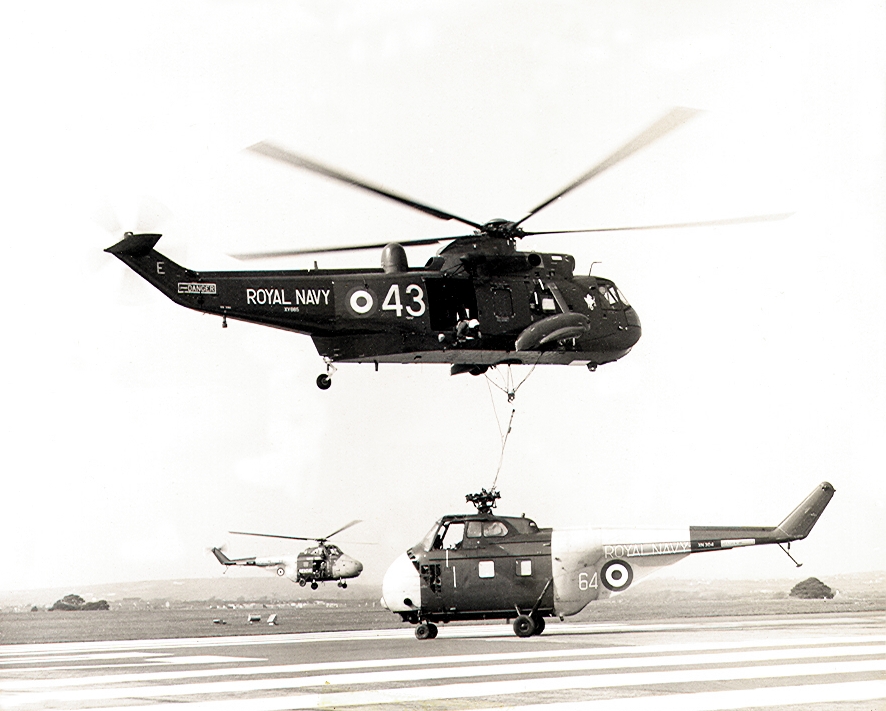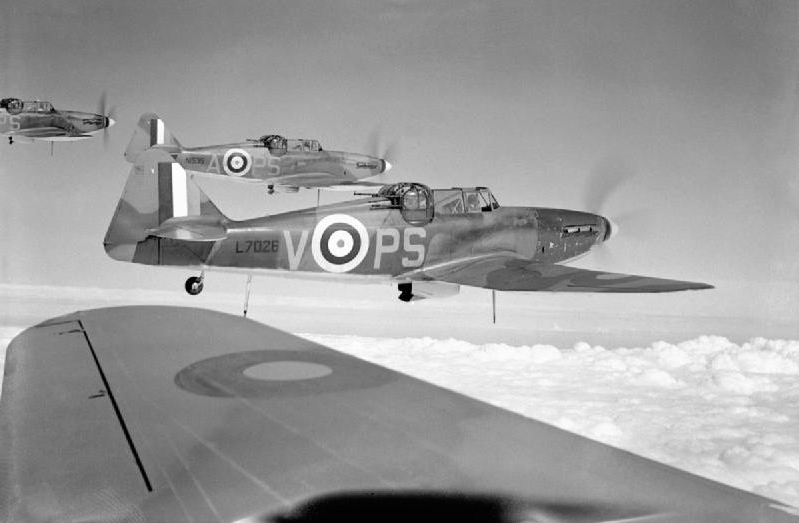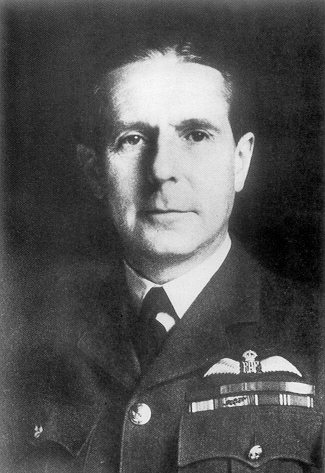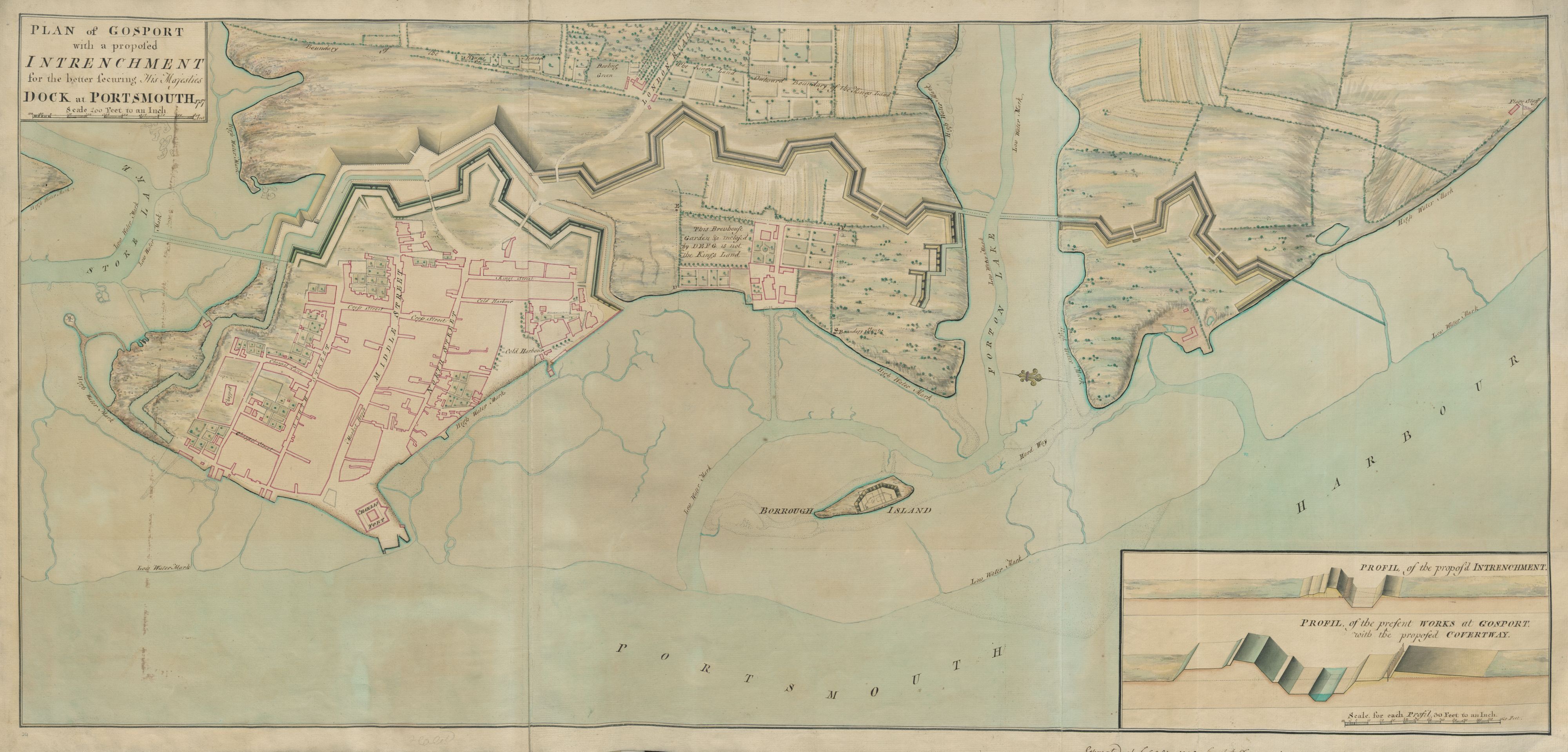|
RAF Search And Rescue Force
The Royal Air Force Search and Rescue Force (SARF or SAR Force) was the Royal Air Force organisation which provided around-the-clock aeronautical search and rescue cover in the United Kingdom, Cyprus and the Falkland Islands, from 1986 until 2016. The Search and Rescue Force was established in 1986 from the helicopter elements of the RAF Marine Branch which was disbanded that year. The Force supported search and rescue over the United Kingdom until 4 October 2015 when the role was handed over to civilian contractor Bristow Helicopters. On 18 February 2016, the force's disbandment was officially marked with a parade in front of The Duke of Cambridge, who was a former SAR pilot, and Catherine, Duchess of Cambridge, his wife. History In 1918 the RAF was established through the merging of the aviation arms of the Royal Navy, the Royal Navy Air Service (RNAS), and that of the Army, the Royal Flying Corps. Together with its aircraft, vessels acquired to support RAF seaplane oper ... [...More Info...] [...Related Items...] OR: [Wikipedia] [Google] [Baidu] |
Westland Sea King
The Westland WS-61 Sea King is a British licence-built version of the American Sikorsky S-61 helicopter of the same name, built by Westland Helicopters. The aircraft differs considerably from the American version, with Rolls-Royce Gnome engines (derived from the US General Electric T58), British-made anti-submarine warfare systems and a fully computerised flight control system. The Sea King was primarily designed for performing anti-submarine warfare (ASW) missions. A Sea King variant known as the Commando was devised by Westland to serve as a troop transport. In British service, the Westland Sea King provided a wide range of services in both the Royal Navy and the Royal Air Force. As well as wartime roles in the Falklands War, the Gulf War, the Bosnian War, the Iraq War and the Afghanistan War, the Sea King is perhaps most well known in its capacity as a Royal Navy Search and Rescue (red and grey livery) and RAF Search and Rescue Force (yellow livery) helicopter. The S ... [...More Info...] [...Related Items...] OR: [Wikipedia] [Google] [Baidu] |
North Sea
The North Sea lies between Great Britain, Norway, Denmark, Germany, the Netherlands and Belgium. An epeiric sea on the European continental shelf, it connects to the Atlantic Ocean through the English Channel in the south and the Norwegian Sea in the north. It is more than long and wide, covering . It hosts key north European shipping lanes and is a major fishery. The coast is a popular destination for recreation and tourism in bordering countries, and a rich source of energy resources, including wind and wave power. The North Sea has featured prominently in geopolitical and military affairs, particularly in Northern Europe, from the Middle Ages to the modern era. It was also important globally through the power northern Europeans projected worldwide during much of the Middle Ages and into the modern era. The North Sea was the centre of the Vikings' rise. The Hanseatic League, the Dutch Republic, and the British each sought to gain command of the North Sea and access t ... [...More Info...] [...Related Items...] OR: [Wikipedia] [Google] [Baidu] |
Boulton Paul Defiant
The Boulton Paul Defiant is a British interceptor aircraft that served with the Royal Air Force (RAF) during World War II. The Defiant was designed and built by Boulton Paul Aircraft as a "turret fighter", without any fixed forward-firing guns, also found in the Blackburn Roc of the Royal Navy. In combat, the Defiant was found to be effective at destroying bombers, the role it was designed for, but was vulnerable to the ''Luftwaffe''s more manoeuvrable, single-seat Messerschmitt Bf 109 fighters. The Defiant had been designed to destroy unescorted bombers by means of beam or ventral attacks and therefore lacked forward-firing armament, that proved to be a great weakness in daylight combat with fighters. It did, however, find success when it was converted to a night fighter. It eventually equipped thirteen squadrons in this role,Cagill 2005, p. 44. compared to just two squadrons as a day-fighter, though this was mainly due to slow initial production. In mid-1942 it was replaced ... [...More Info...] [...Related Items...] OR: [Wikipedia] [Google] [Baidu] |
Supermarine Spitfire
The Supermarine Spitfire is a British single-seat fighter aircraft used by the Royal Air Force and other Allied countries before, during, and after World War II. Many variants of the Spitfire were built, from the Mk 1 to the Rolls-Royce Griffon engined Mk 24 using several wing configurations and guns. It was the only British fighter produced continuously throughout the war. The Spitfire remains popular among enthusiasts; around 70 remain airworthy, and many more are static exhibits in aviation museums throughout the world. The Spitfire was designed as a short-range, high-performance interceptor aircraft by R. J. Mitchell, chief designer at Supermarine Aviation Works, which operated as a subsidiary of Vickers-Armstrong from 1928. Mitchell developed the Spitfire's distinctive elliptical wing with innovative sunken rivets (designed by Beverley Shenstone) to have the thinnest possible cross-section, achieving a potential top speed greater than that of several contemporary figh ... [...More Info...] [...Related Items...] OR: [Wikipedia] [Google] [Baidu] |
RAF Museum, Colindale, London - DSC06008
The Royal Air Force (RAF) is the United Kingdom's air and space force. It was formed towards the end of the First World War on 1 April 1918, becoming the first independent air force in the world, by regrouping the Royal Flying Corps (RFC) and the Royal Naval Air Service (RNAS). Following the Allied victory over the Central Powers in 1918, the RAF emerged as the largest air force in the world at the time. Since its formation, the RAF has taken a significant role in British military history. In particular, it played a large part in the Second World War where it fought its most famous campaign, the Battle of Britain. The RAF's mission is to support the objectives of the British Ministry of Defence (MOD), which are to "provide the capabilities needed to ensure the security and defence of the United Kingdom and overseas territories, including against terrorism; to support the Government's foreign policy objectives particularly in promoting international peace and security". The RAF ... [...More Info...] [...Related Items...] OR: [Wikipedia] [Google] [Baidu] |
Inflatable Boat
An inflatable boat is a lightweight boat constructed with its sides and bow made of flexible tubes containing pressurised gas. For smaller boats, the floor and hull is often flexible, while for boats longer than , the floor typically consists of three to five rigid plywood or aluminium sheets fixed between the tubes, but not joined rigidly together. Often the transom is rigid, providing a location and structure for mounting an outboard motor. Some inflatable boats can be disassembled and packed into a small volume, so that they can be easily stored and transported. The boat, when inflated, is kept rigid cross-ways by a foldable removable thwart. This feature makes these boats suitable for liferafts for larger boats or aircraft, and for travel or recreational purposes. History Early attempts There are ancient carved images of animal skins filled with air being used as one-man floats to cross rivers. These floats were inflated by mouth. The discovery of the process to vu ... [...More Info...] [...Related Items...] OR: [Wikipedia] [Google] [Baidu] |
Coastal Command
RAF Coastal Command was a formation within the Royal Air Force (RAF). It was founded in 1936, when the RAF was restructured into Fighter, Bomber and Coastal Commands and played an important role during the Second World War. Maritime Aviation had been neglected in the inter-war period, due to disagreements between the Royal Navy (RN) and RAF over the ownership, roles and investment in maritime air power. The Admiralty's main concern until 1937 was the return of the Fleet Air Arm to the Royal Navy while the RAF prioritised the development of a bombing force to provide a deterrent. Coastal Command was referred to as the "Cinderella Service" by A V Alexander, the First Lord of the Admiralty in November 1940. Soon after RAF Coastal Area was elevated to Coastal Command, its headquarters moved from Lee-on-Solent to Northwood in northwest London. During the Second World War, Coastal Command's most important contribution was the protection of Allied convoys from attacks by the Germ ... [...More Info...] [...Related Items...] OR: [Wikipedia] [Google] [Baidu] |
RAF News
The ''RAF News'' is the official newspaper of the Royal Air Force. Published every fortnight, the paper brings news, features on topical issues and life in the service, developments in military aviation and air power, reviews of significant events, and the history of the RAF. The paper is divided into smaller sections that cover news, cadets, veterans, obituaries, a bi-weekly feature, and a review section covering games, books, music, film, and TV that is titled "RnR" See also *Navy News ''Navy News'' is the official newspaper of the British Royal Navy, produced by a small team of editorial and support staff and published by the Ministry of Defence on a monthly basis. The content of the newspaper is varied, ranging from informati ... References Royal Air Force mass media Military newspapers published in the United Kingdom {{UK-newspaper-stub ... [...More Info...] [...Related Items...] OR: [Wikipedia] [Google] [Baidu] |
Sir Arthur Harris, 1st Baronet
Marshal of the Royal Air Force Sir Arthur Travers Harris, 1st Baronet, (13 April 1892 – 5 April 1984), commonly known as "Bomber" Harris by the press and often within the RAF as "Butch" Harris, was Air Officer Commanding-in-Chief (AOC-in-C) RAF Bomber Command during the height of the Anglo-American strategic bombing campaign against Nazi Germany in the Second World War. Born in Gloucestershire, Harris emigrated to Rhodesia in 1910, aged 17. He joined the 1st Rhodesia Regiment at the outbreak of the First World War and saw action in South Africa and South West Africa. In 1915, Harris returned to England to fight in the European theatre of the war. He joined the Royal Flying Corps, with which he remained until the formation of the Royal Air Force in 1918. Harris remained in the Air Force through the 1920s and 1930s, serving in India, Mesopotamia, Persia, Egypt, Palestine, and elsewhere. At the outbreak of the Second World War in 1939, Harris took command of No. 5 Group RAF ... [...More Info...] [...Related Items...] OR: [Wikipedia] [Google] [Baidu] |
Supermarine Walrus
The Supermarine Walrus (originally designated the Supermarine Seagull V) was a British single-engine amphibious biplane reconnaissance aircraft designed by R. J. Mitchell and manufactured by Supermarine at Woolston, Southampton. The Walrus first flew in 1933, the design effort having commenced as a private venture four years earlier. It shared its general configuration with that of the earlier Supermarine Seagull. Having been designed to serve as a fleet spotter for catapult launching from cruisers or battleships, the aircraft was largely employed in other roles, notably as a maritime patrol aircraft and as a rescue aircraft for ditched aircrew. The Walrus featured numerous innovations for the period, being the first British squadron-service aircraft to incorporate in one airframe a fully retractable main undercarriage, completely enclosed crew accommodation and an all-metal fuselage. Early-build aircraft featured the original metal hull design for its greater longevity in ... [...More Info...] [...Related Items...] OR: [Wikipedia] [Google] [Baidu] |
RAF Gosport
Gosport ( ) is a town and non-metropolitan borough on the south coast of Hampshire, South East England. At the 2011 Census, its population was 82,662. Gosport is situated on a peninsula on the western side of Portsmouth Harbour, opposite the city of Portsmouth, to which it is linked by the Gosport Ferry. Gosport lies south-east of Fareham, to which it is linked by a Bus Rapid Transit route and the A32. Until the last quarter of the 20th century, Gosport was a major naval town associated with the defence and supply infrastructure of His Majesty's Naval Base (HMNB) Portsmouth. As such over the years extensive fortifications were created. Gosport is still home to and a Naval Armament Supply Facility, as well as a Helicopter Repair base. The Town area of the Borough, including Newtown, consists of the town centre, Stoke Road shopping area, Walpole Park, Royal Clarence Yard and three modern marinas: Royal Clarence, Gosport Marina and Haslar Marina. As part of the ''Renaissanc ... [...More Info...] [...Related Items...] OR: [Wikipedia] [Google] [Baidu] |








